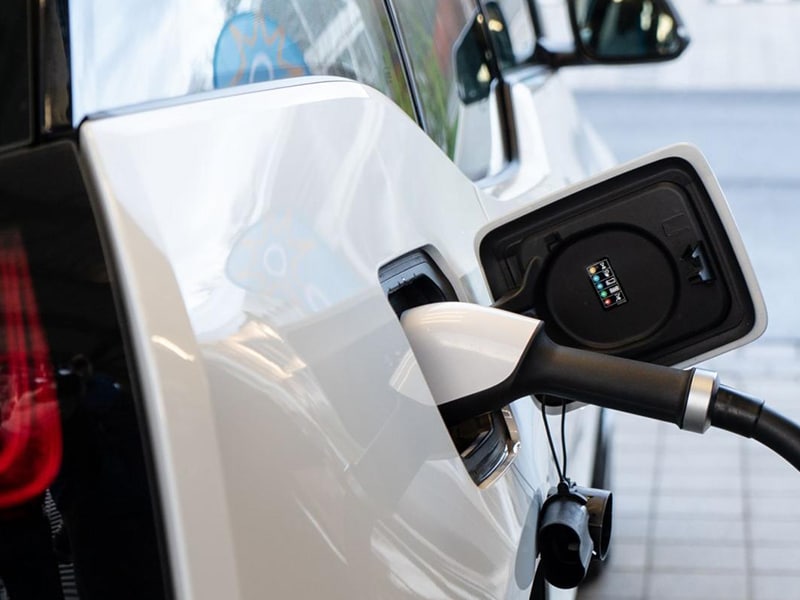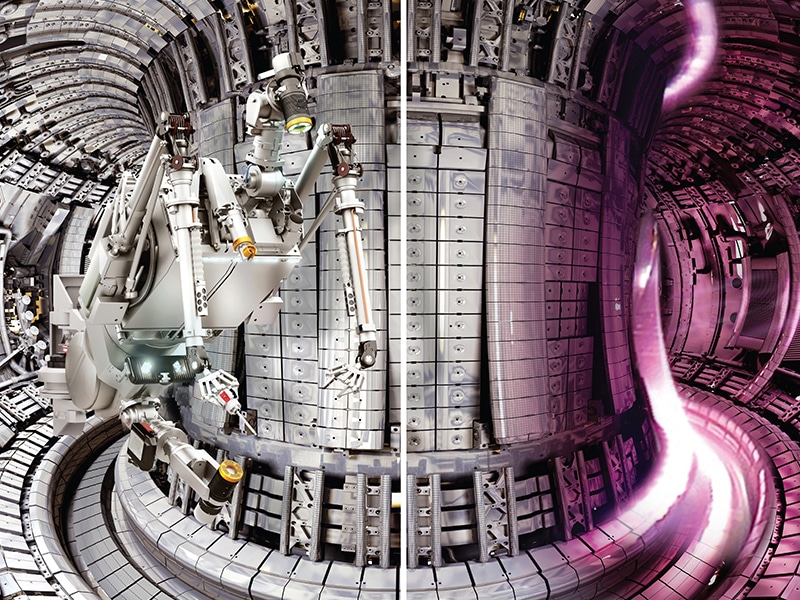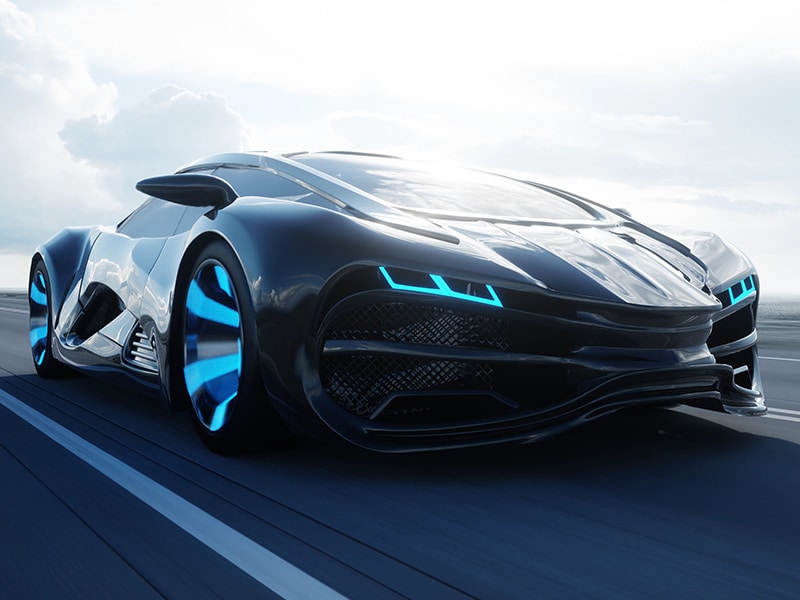
We’ve spent a lot of time thinking about electric vehicles here at innogy Consulting. Their rise in both accessibility and affordability, and their potential impact on nearly all aspects of energy and the environment simply cannot be overlooked. Not to mention they are really fun to talk about (and to drive).
Electric vehicles are expected to account for an estimated 30 percent of all vehicle sales by 2025. A quick reality check: although many of us are still writing 2019 on all our documents, 2025 is a mere five years away. As a note of comparison, in 2016 just under 1 million vehicles, or 1 percent, of global auto sales came from plug-in electric vehicles (JP Morgan Research).
Earlier this month, Robert wrote a blog post highlighting his thoughts on the next 10 years in clean energy. One thing he touched on: once you spend some time as an electric vehicle driver, your mind opens to other possibilities for a clean energy future. You begin to picture other opportunities, more alternatives, to the fraught state in which our climate and environment currently stands.
If that’s not a compelling enough reason to bolster EV adoption, we don’t know what is. And with that in mind, here are our five big predictions for electric vehicle trends, and subsequently, opportunities, that we’ll be paying careful attention to over the next decade:
1. In line with the research that electric vehicles will account for one-third of all vehicle sales by 2025, we predict that a significant contributing factor will be price parity. We anticipate that price parity at point of sale is reached by the middle of the decade for Battery Electric Vehicles (BEVs) against their comparable Internal Combustion Engine (ICE) vehicles. We have already seen evidence of this, with major car companies like Volkswagen investing in numbers around $50 billion in EV manufacturing. The company anticipates offering over 70 EV models over the next few years, according to Reinhard Fischer, Senior VP for Volkswagen Group and head of strategy for VW North America.
2. Vehicle-to-grid (V2G) will be the norm by the end of the decade. As seen in many of the videos on Fully Charged, it’s an exciting concept that enables plug-in electric vehicles to act as a form of distributed energy storage by providing demand-response services to the existing power grid. The batteries in parked vehicles can be used to let electricity flow from the car to the grid and back. Right now, the residential battery storage market is relatively niche, but when cars on driveways swap from being to ICE to BEVs in exceptional numbers, this will suddenly become very mainstream.
Ideally, this would work in the same way that calculators and flashlights operate on your smartphone: seamlessly and without a second thought. EV innovators will develop vehicle models to make V2G smooth and intuitive upon plugging your car in. Your car will be adding value and contributing energy back to the grid without you needing to lift a finger.
Utilities and energy service providers will play a key role in paving the way for V2G. Investments in smart EV charging systems and educational resources for current utility customers – potential future EV owners – today will pay off in spades tomorrow.
3. Automation will be the theme of the second half of the decade. And this isn’t just about self-driving cars, although we have our eye on those. Companies like Tesla have already spent time working on automated charging for EV batteries, and others are exploring advances in automated software (along with 5G technology) to enhance connectivity. Software that provides automated updates for EVs as well as autonomous vehicles will be vital to the sustainability and safety of both. Furthermore, automation will enable new business models and may change the way we look at car ownership in ways such as Tesla’s intended robotaxi network and Uber’s autonomous fleet.
4. Business models around the second life for EV batteries will need to be defined. When an EV battery no longer meets electric vehicle performance standards and requires replacing or upgrading, there is generally still about 80 percent capacity left in the battery. This means that battery manufacturers have three options: they can dispose of it, recycle its valuable metals, or reuse it. Reuse is most valuable in areas where there is a need for batteries for stationary energy storage.
Utilities can use second life EV batteries to provide a reserve capacity of energy to both lower grid costs and boost resiliency in times of severe threats to reliability of the electric grid. Renewable energy providers can utilize second-life batteries to store alternative energy during times of scarcity – i.e., for a solar provider that simply cannot guarantee the sun will always shine.
With the rapid rise in electric vehicles over the next decade, there will be a plethora of EV batteries eventually in need of a second chance at life. Clearly, there is a market opportunity here. And whomever leads the way in successfully building out a relevant business model will likely disrupt the demand energy response market in the US. Renault has started to make this play in Europe, but they don’t currently operate in the US. Who will be the company to do this for North America?
5. Utilities will have to change, and so will regulations. Utilities will play a key role in the mainstream adoption of electric vehicles, whether it be through educating customers, offering incentives to purchase, implementing the necessary infrastructure or contributing in some way to the V2G movement. The cost of infrastructure upgrades will have to come from somewhere, and the current regulatory rates structures do not fully take this into account. To help make the business case for a rate increase, utilities will have to focus on outlining the ways in which accelerated EV adoption and the accompanying infrastructure upgrades benefit utility customers in both the short and long-term.
With all the EV trends we expect to see over the next decade, the thing that we are most excited about is the opportunities they present for companies across the EV and clean energy sector. No matter what role your company plays in the clean energy transition, there is opportunity. Opportunity to grow, opportunity to engage with customers, and opportunity to not only enter, but build entirely new markets.
Wherever and whenever the opportunities present themselves, innogy Consulting is ready to help. Our team is full of EV drivers, we’re passionate about the energy transition and we’ve worked on EV projects around the world, from the City of London to US technology giants. We look forward to discussing these future trends and the myriad of possible opportunities EVs present on stage alongside some of the best and brightest at the Fully Charged LIVE North America show in just a few short weeks. Will we see you there?

About the authors
Anthony Boden
Anthony Boden is a Principal in innogy Consulting’s London, UK office. Anthony is passionate about the energy transition and has worked on projects from nuclear power, energy trading to smart devices, working with companies, non-profits and regulators in Europe, the Middle East and Asia.
Graham Dickson
Graham is a Project Lead based out of innogy Consulting’s Boston office with extensive experience in clean energy, retail energy markets and electric vehicles. He has worked with utilities, government agencies, and large corporations around the world to improve sustainability practices and optimize operations.








